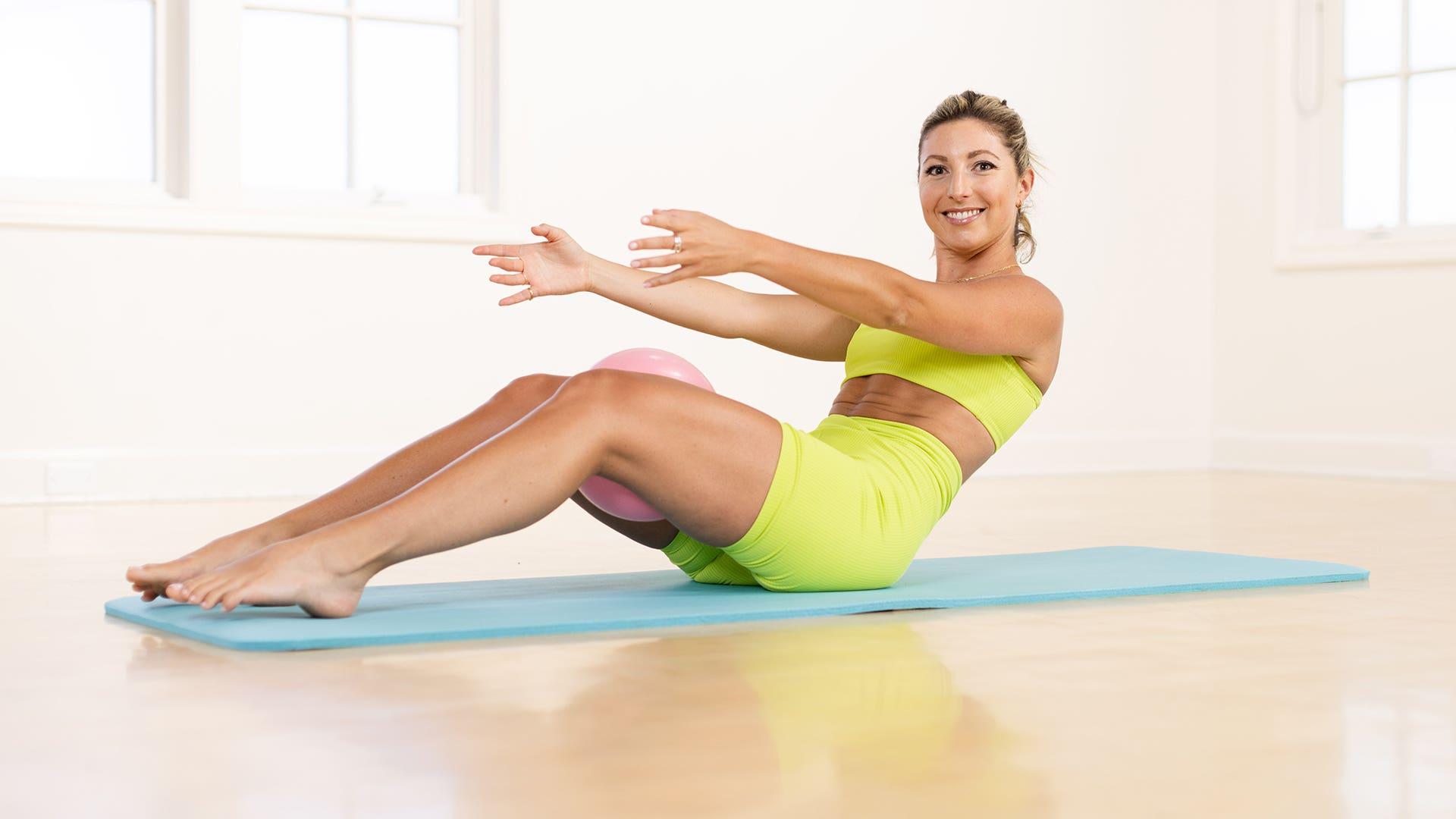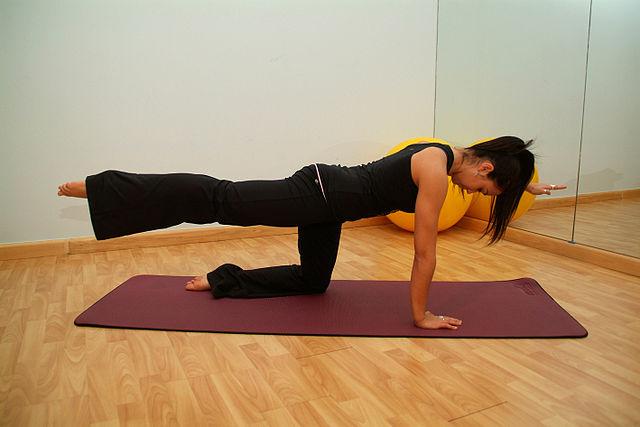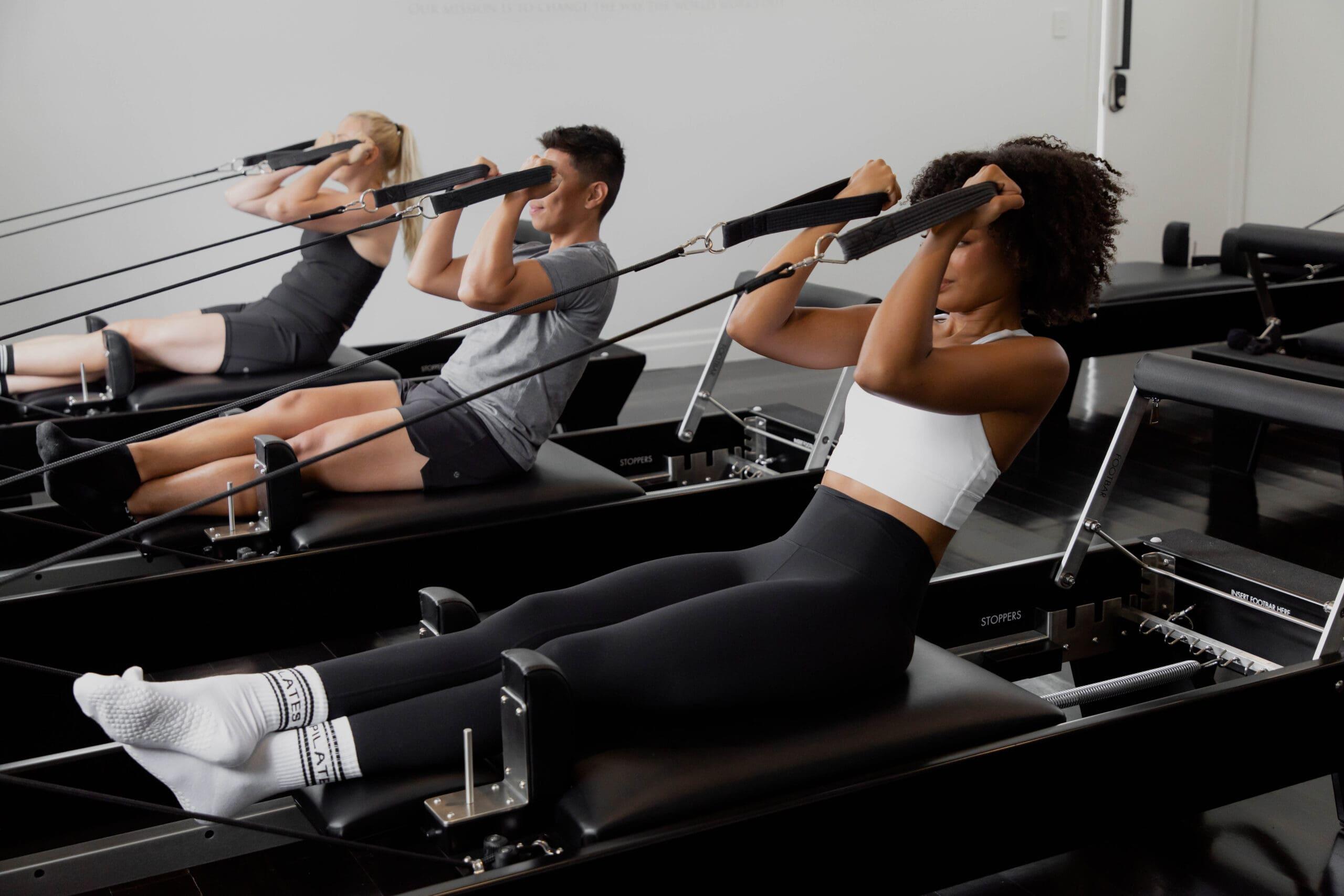As the age-old saying goes, ”A strong core is the foundation of a strong body.” The pursuit of strength, flexibility, and balance often leads us down various fitness paths, but few disciplines offer a holistic approach quite like Pilates. Originally developed in the early 20th century by Joseph Pilates, this practice emphasizes controlled movements and mindfulness, promoting not only physical strength but also mental clarity. For beginners, venturing into the world of Pilates can seem daunting, with its array of techniques and terminology.Though, mastering a few essential moves can unlock the door to a deeper connection with yoru body and pave the way for a healthier lifestyle. In this article, we will explore essential Pilates exercises that will help you cultivate a stronger core, improve your posture, and enhance your overall well-being—one mindful movement at a time.Whether you’re stepping onto the mat for the first time or seeking to refine your practice, these foundational moves will guide you on your journey toward strength and balance.
Table of Contents
- Getting Started with Pilates: Understanding the Fundamentals of Core Strength
- Essential Pilates moves for Beginners: Building a Solid Foundation
- tips for Perfecting Your Form: How to Maximize Your Core Engagement
- Creating a Consistent Practice: Integrating Pilates into Your Fitness Routine
- Q&A
- In Conclusion
Getting Started with Pilates: Understanding the Fundamentals of Core Strength
Understanding core strength is essential for anyone starting their journey in Pilates.It goes beyond just a set of muscles; the core encompasses your abdomen, lower back, hips, and pelvis, all working in harmony to support your body.Engaging these muscles effectively can lead to improved posture, balance, and overall physical performance. To harness the full benefits of Pilates, beginners should focus on mastering a few foundational principles that promote core engagement, such as:
- Alignment: Keeping your spine neutral helps to create a strong base for movement.
- Breath: Pairing breath with movement enhances muscle contraction and relaxation, maximizing effectiveness.
- control: Structuring movements meticulously ensures that you’re targeting the core muscles effectively without needless strain.
As you embark on this journey, incorporating some key Pilates exercises will solidify your understanding of core dynamics. Here are a few essential movements every beginner should try:
| Exercise | Description |
|---|---|
| hundred | A rhythmic breathing exercise that warms up the core while engaging the entire body. |
| Roll Up | A classic move that strengthens abdominal muscles and improves spinal flexibility. |
| Single Leg Stretch | Helps develop coordination and strength while targeting the core and hip flexors. |
| Plank | Encourages stability and endurance by activating the entire core and shoulder girdle. |
Essential Pilates Moves for Beginners: building a Solid Foundation
To embark on your Pilates journey, it’s crucial to master a handful of fundamental moves that form the bedrock of core strength and body awareness. The hundred is a classic exercise that engages your core while promoting proper breath control.Start by lying on your back, lifting your legs to a tabletop position and raising your head, neck, and shoulders off the mat.Pump your arms vigorously while inhaling for five counts and exhaling for five, repeating this cycle ten times to reach a total of one hundred. Another essential move is the roll-up, which enhances spine articulation and flexibility. Sit up tall,extend your arms overhead,and roll down slowly one vertebra at a time,then rise back up to a seated position,reaching toward your toes. This controlled movement not only strengthens your abdominal muscles but also improves your coordination and balance.
In addition to these foundational movements, consider incorporating the single-leg stretch and the plank into your routine. The single-leg stretch focuses on abdominal engagement while allowing you to coordinate movement with breath,as you switch legs in a controlled manner. Lying on your back with one knee drawn towards your chest and the other leg extended, alternate between legs, pulling in one knee while extending the other.Meanwhile, the plank is excellent for building overall core strength.Position yourself face down, supported on your forearms and toes, maintaining a straight line from head to heels. Aim to hold this position, focusing on keeping your core tight without letting your hips sag. regular practice of these moves will lay a robust foundation for your Pilates practice,paving the way for more advanced techniques.
Tips for Perfecting Your Form: How to Maximize Your Core Engagement
Achieving the perfect form in Pilates is crucial for maximizing your core engagement. Focus on maintaining a strong, stable spine as you move through each exercise. Consider these key aspects when practicing your form:
- Alignment: Ensure that your head, shoulders, and hips are in a straight line, and avoid overarching your lower back.
- core Activation: Before starting each move, draw your navel inward toward your spine to activate your deep core muscles.
- Breathing: Utilize your breath to support your movements; inhale during preparation and exhale during exertion to help maintain control.
To further enhance your journey, incorporate visual cues and self-checks during your practice. Use a mirror to observe your form and make necessary adjustments. Try incorporating these simple checkpoints:
| Checkpoints | Importance |
|---|---|
| Shoulders down and relaxed | Reduces tension and keeps focus on the core. |
| Pelvis in neutral alignment | Supports lower back health and core engagement. |
| Feet grounded and active | Stabilizes your base, enhancing overall balance. |
Creating a Consistent Practice: Integrating Pilates into Your Fitness Routine
Integrating Pilates into your fitness routine is a holistic approach that paves the way for improved core strength and overall well-being. To create a consistent practice, consider setting aside dedicated time in your weekly schedule focused solely on Pilates. Aim for at least two to three sessions per week to cultivate familiarity with the movements and deepen your mind-body connection.Start with sessions that are 30 to 45 minutes long and gradually increase the intensity as you become more pleasant with the exercises.
Incorporating Pilates alongside other workout forms can amplify your results. think about complementing your sessions with activities like running, cycling, or yoga to enhance endurance and flexibility. Here are a few tips to ensure Pilates becomes a seamless part of your routine:
- Choose a Specific Time: slot a particular time in your calendar for Pilates, just like any important appointment.
- Set Realistic Goals: Start small with achievable objectives, like mastering basic moves before progressing to advanced levels.
- Find a Class or Video: join a local class or access online resources to stay motivated and guided.
| Day | Activity | Duration |
|---|---|---|
| Monday | Pilates Class | 45 min |
| Wednesday | Running | 30 min |
| friday | Pilates Online Session | 30 min |
Q&A
Q&A: Pilates for Beginners – Essential Moves for a Stronger Core
Q: What is pilates and how does it benefit my core strength?
A: Pilates is a low-impact exercise method that focuses on developing strength, flexibility, and posture through controlled movements. Its emphasis on core stability engages the deep abdominal muscles, which not only improves core strength but also enhances overall body alignment, coordination, and balance.
Q: I’m new to pilates. What essential moves should I start with to strengthen my core?
A: Great question! Here are three fundamental moves you can begin with:
- The Hundred: This classic move activates your core while also improving circulation. Lie on your back with your legs elevated and your head lifted. Pump your arms up and down while breathing in for five counts and out for five counts.
- Roll Up: This move targets your abdominal muscles and enhances flexibility. Start lying flat, then roll your torso up one vertebra at a time as you reach for your toes. Slowly roll back down to the starting position.
- plank: A fantastic exercise for building core strength and stability. Begin in a push-up position, keeping your body straight from head to heels. Hold the position while engaging your core muscles.
Q: How often should I practice Pilates to see results?
A: For beginners, it’s recommended to practice Pilates 2 to 3 times a week. Consistency is key! With regular practice, you’ll likely notice improvements in your core strength and overall body awareness within a few weeks.
Q: Do I need any special equipment for Pilates?
A: one of the great things about Pilates is its versatility. All you need is a comfortable mat. However, as you progress, you might consider incorporating props such as resistance bands, small balls, or even Pilates reformers to enhance your practice.
Q: What should I wear while doing pilates?
A: Dress in comfortable, fitted clothing that allows for a full range of motion. Avoid loose garments that might get in the way of your movements. Grippy socks can also be helpful for traction on the mat.
Q: Can anyone do Pilates, or are there restrictions?
A: Pilates is designed to be accessible for all fitness levels and ages. However, if you have any specific health concerns or injuries, it’s a good idea to consult with a healthcare professional before starting. Many studios also offer modifications for different abilities, making it an inclusive practice.
Q: how can I ensure I’m performing the moves correctly?
A: Focus on your form! Maintain awareness of your alignment and breath throughout each move. If possible, consider joining a class or working with a certified instructor to receive feedback and guidance. Online videos can also be a good resource as you learn the basics.
Q: what other lifestyle tips can support my Pilates practice for a stronger core?
A: In addition to regular practice, stay hydrated, maintain a balanced diet rich in whole foods, and get plenty of rest. Incorporating other forms of exercise, like cardio or strength training, can complement your Pilates sessions and enhance your overall fitness journey.
Remember, progress in Pilates is about quality over quantity. As you embark on your journey, listen to your body and enjoy each movement toward a stronger core!
In Conclusion
As you embark on your Pilates journey, remember that every expert was once a beginner. The essential moves outlined in this article are not just exercises; they’re building blocks to a stronger core and a more resilient you. By integrating these principles into your routine, you’ll cultivate not only physical strength but also balance, flexibility, and a deeper connection to your body.
Embrace the process and allow yourself the grace to learn and grow. With patience and practice, each movement will become more familiar, transforming your workout into a mindful experience that nurtures both body and mind. So roll out your mat, breathe deeply, and discover the empowering world of pilates. Your stronger core awaits!



